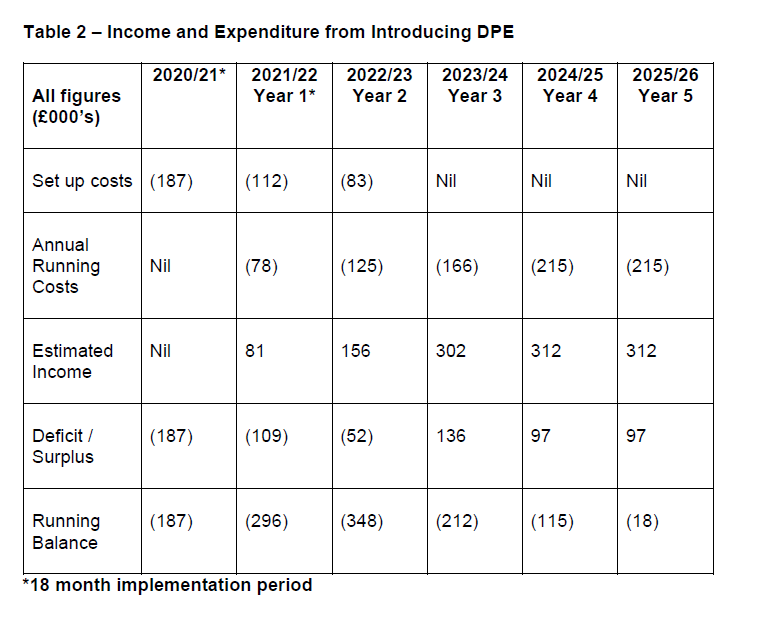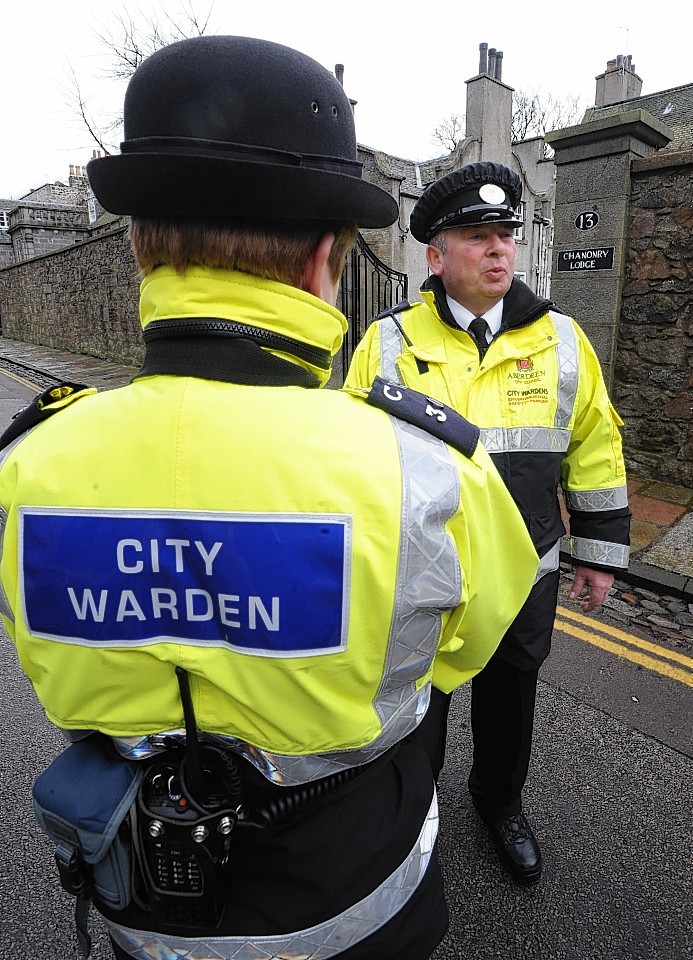Aberdeenshire Council is on the brink of re-introducing traffic wardens to the region’s streets.
They have not patrolled the region’s main towns since dedicated police wardens were withdrawn in 2014.
Across the council area, they had been issuing an average of 1,860 fixed penalty notices each year .
Six years on, Aberdeenshire Council is now toying with the idea of introducing what is known as decriminalised parking enforcement (DFE).
That style of parking enforcement is already used by Aberdeen City Council and enables local authorities to administer their own parking penalties, including the issuing of penalty charge notices (PCNs) to vehicles.
The council estimates start-up costs for introducing such a system would be in the region of £380,000.
In areas with DPE, stationary traffic offences cease to be criminal offences enforced by the police and instead become civil penalties enforced by the local authority.
Local authorities keep the money brought in from penalty charges and from both on and off-street parking to finance the operation, enforcement and adjudication of the DPE regime.
Any leftover cash is to be used for the provision and maintenance of off-street parking facilities and for road improvement and public transport purposes in the local authority area.
It is understood the penalty notices would – if paid in a timely fashion – amount to £32 per notice, according to papers to go before the infrastructure and services committee next week.
A report by Stephen Archer, director of infrastructure services at Aberdeenshire Council ,states: “It is proposed that the main town centre areas of Peterhead, Stonehaven, Inverurie and Fraserburgh are included in the first phase of DPE.
“Following this, DPE would be expanded to wider areas of these four towns as well as other towns within Aberdeenshire as an ongoing project.”
Last night, head of transportation Ewan Wallace added: “If DPE powers are not applied for or granted, Aberdeenshire Council could be in a situation where there is power to enforce pavement parking and double parking but not deal with a vehicle parked on a double yellow line.
“This is likely to lead to public frustrations and confused messages and while there are cost and resource implications from implementing any enforcement of pavement parking, efficiencies could be achieved if DPE is introduced alongside this additional power.”


